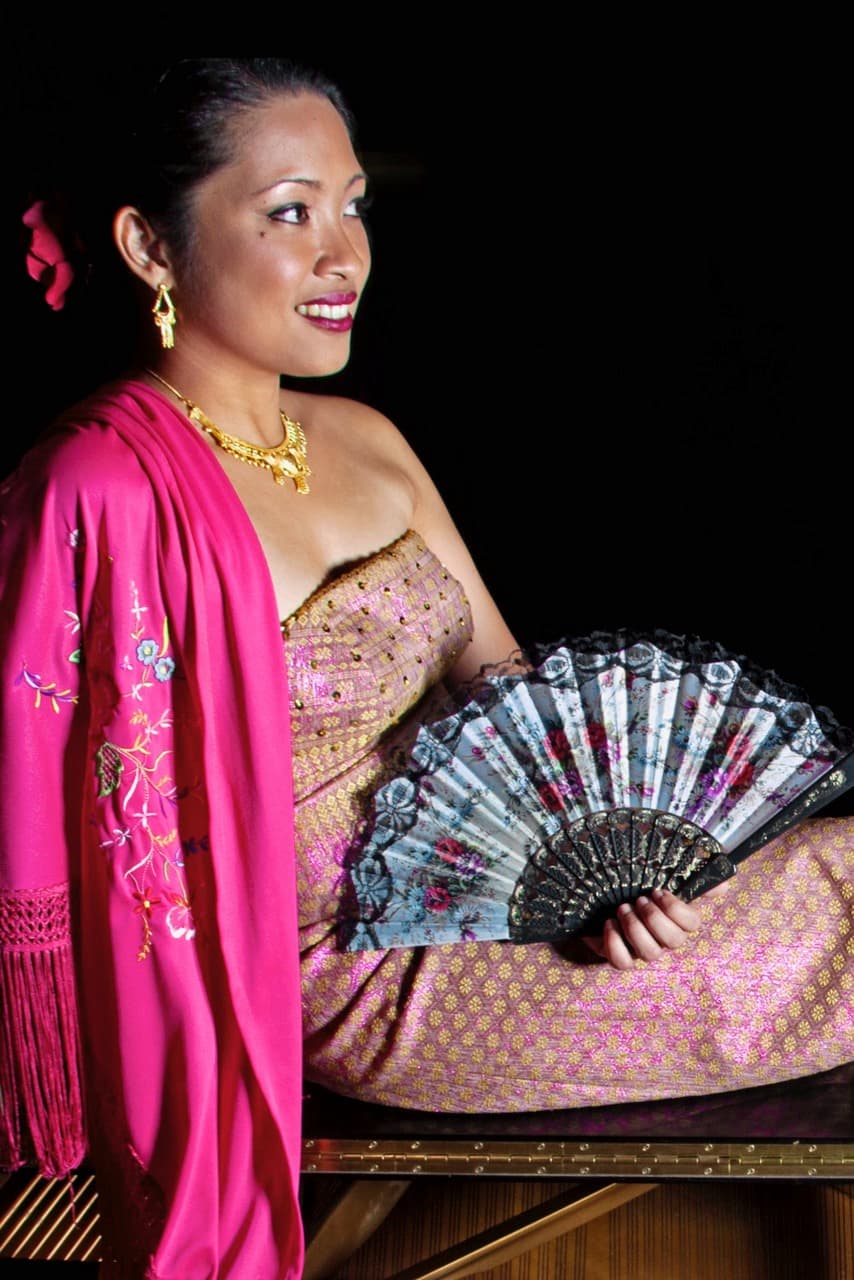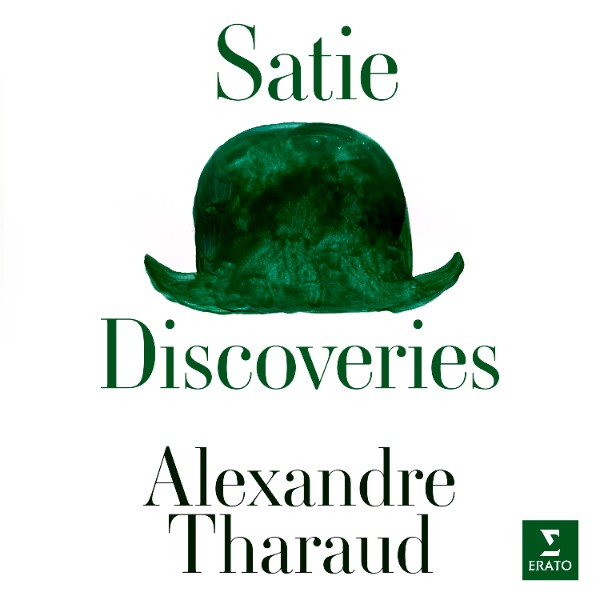Philippine-born Charisse Baldoria is an accomplished and multi-talented artist. She is a pianist, composer, educator, and writer who serves as an Associate Professor of Piano at Bloomsburg University of Pennsylvania. I reached out to Charisse for an interview after listening to her compositions, and her albums Godowsky in Asia and Gamelan on Piano. I have enjoyed listening to her performances. In this interview, Charisse shares with us her inspiration for performing and composing.
Charisse Baldoria plays The Bromo Volcano (from Godowsky’s Java Suite)
Can you tell us something about you?

Charisse Baldoria
I am a pianist, composer, writer, and professor. I was born and grew up in the Philippines and came to the United States under a Fulbright scholarship for my master’s in piano performance at the University of Michigan then stayed on for my doctorate. Though my degrees are in piano, I worked as a composer-arranger since I was in college. Then after many years of focusing on being a pianist, I am now exploring more being a composer and, more recently, a writer of literary nonfiction, while still playing concerts.
What inspires you the most in performing?
I love being one with the music in a physical and literal sense, as well as a spiritual one. One can appreciate music by listening, but when you perform, you are a co-creator with the composer and a medium through which the music is communicated to an audience. At the same time, the music inevitably passes through you, so it takes on your particular personality, viewpoint, or mood, even as you honor the composer’s intentions. I do admit that the rigor involved in being a classical performer can be stifling and that is probably one reason why I have sought to compose, improvise, and write.
Can you tell us a bit about your album, Godowsky in Asia, what drew you to record this album?

I grew up learning the classical standards, the canons of piano music. A few years ago, I decided I wanted to explore Southeast Asian music and one of the ways I did this was by learning music inspired by Southeast Asian cultures (though I also learned about gamelan, resulting in trips to Bali and Java, and learned how to play the kulintang, which is the Philippine gong-chime ensemble). Leopold Godowsky was a consummate pianist who had a contrapuntal compositional style that also incorporated his phenomenal technique. He was also fascinated by Java and its culture and people after his visit in 1923. All this, plus the stratified texture characteristic of gamelan, created a musical and technical masterpiece in Java Suite. I only wanted to play one movement of it at first, Gamelan, but ended up learning the whole suite—all 12 movements! I decided I’d perform them in concert (which I did right before the pandemic) and record them. This is the result. I love this music and admire Godowsky so much—he was an exceptional pianist as well as composer. He also loved to write—he wrote many long letters, many of which I have read.
Java Suite: In the Streets of Old Batavia
Your other album, Gamelan on Piano, features gong-chime traditions in Southeast Asia. Was it hard to find the scores with such inspiration?
This album came before my Godowsky album and was part of my search for Southeast Asian-inspired music. The pieces in this album were those that were relatively accessible. Of course, my access to the Philippine example was helped by the fact that I know the composer, Philippine National Artist Ramon P. Santos, personally. The Gareth Farr pieces I ordered from Australia though some are available in US libraries. The Lou Harrison pieces were available from a small press. So, they were not terribly hard to access but I suppose you can say they were not the easiest either.
Gong-An: III. Pal’ok
What inspires you in composing?

© Charisse Baldoria
I am inspired by anything that fascinates me in my daily life, in my travels, in music and culture, and in what I think and care about (which comes out in my literary nonfiction writing). It can be a hummingbird, trees seen from a particular angle, the color of leaves (I associate color with pitch), the seasons, or an animal I have become obsessed with (such as the Galápagos sea lion). Sometimes, it is a purely musical exploration, like trying to develop a piece from the germ of one note, or two, or three; or a fugal texture; or using certain harmonies and figurations. The possibilities are endless; I gravitate toward something that fascinates or obsesses me in a special way, maybe a germ of a sound that I hear in my head. Many of my compositions for solo piano are written-out improvisations or have developed with the help of improvisation. My basic approach is more sonic than philosophical. I have also written many songs (two song cycles and numerous songs in popular style during my life as a commercial music composer). In these cases, the words lead the way but the music creates a special new world with them, such that one can no longer imagine one without the other. At least, that is the hope.
Sea Lion Sonatina for piano by Charisse Baldoria
In addition to performing and composing, you are a professor and a writer! How do you manage your time?
Now that is the question! I recognize that I only want to do one type of major creative endeavor at a time. For example, I would rather just write or just compose, rather than write and compose on a single given day (by “write,” I mean literary writing, not general writing). I mean, one would rather not work on writing a book and a symphony on the same day, if you expand the analogy. Also, when I write or compose, it tends to take over my life. So, if I need to also practice for a concert, for example, I really shouldn’t write or compose (though I, of course, have violated that rule). So, it slows things down and sometimes I ask how much more I could accomplish if I focused on only one thing in my life. I suppose it is also possible for me to stop performing for a while to focus on composing or writing. The teaching part is always there, so it’s a given. I have to be true to myself, and that self contains multitudes, in the words of Whitman.
For more of the best in classical music, sign up for our E-Newsletter

